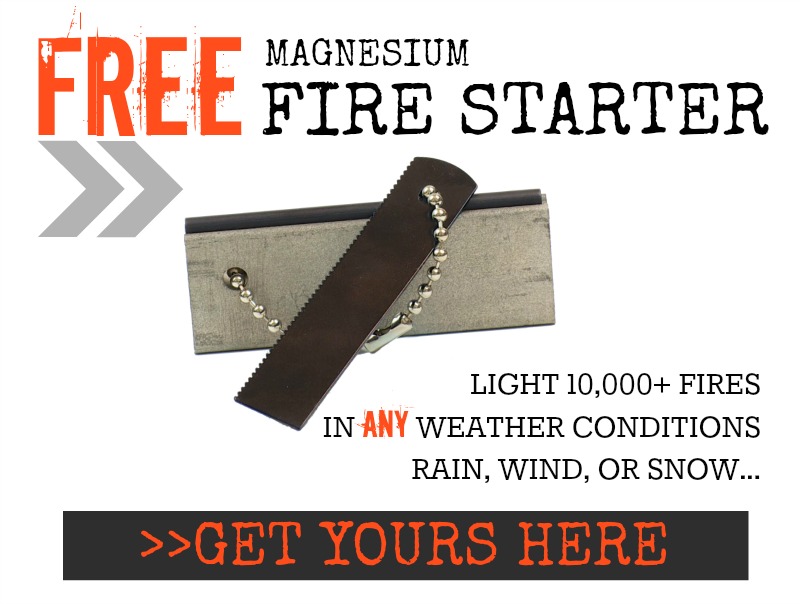Thanks for Participating in Our Poll!
Your input helps us deliver the BEST possible experience for you!
As a token of our appreciation we’ve reserved a special gift for you, thanks to our generous sponsors at My Crisis Gear. Click Here for your free gift.
Scroll Down to See the Poll Results and the Top 5 Pillars of Preparedness (In Order)
Benjamin Franklin put it best, “By failing to prepare, you are preparing to fail.” If you decide to take Ben’s wise advice, the obvious next question is: Where do I start?
The following slides will guide you step-by-step through the 5 most essential “pillars” of any emergency preparedness plan, from the ground up.
1. Mental Preparedness

The most important part of any survival plan is you. Skills, knowledge, and the ability to make good decisions under intense stress are more important that any amount of food or ammo you may have in storage. That’s why dedicating time to reading, researching, and practicing are so incredibly important.
Stress management techniques, shooting drills, and skills workshops all serve to prepare the mind. Fortune favors the prepared mind.
2. Shelter
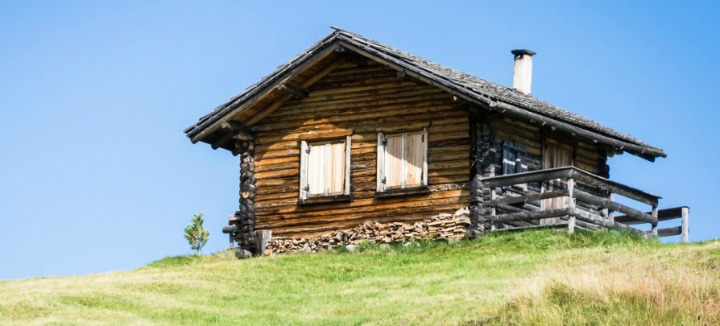
The prepper’s “Rule of 3” states that a human being can live 3 minutes without oxygen, 3 hours without shelter, 3 days without water, and 3 weeks without food. In some extreme circumstances, it could easily be the rule of 2s or even the rule of 1.
Shelter is critical under any extreme weather conditions, but it’s also critical for your mental well-being. A safe and secure place to rest, store your supplies, and shelter your loved ones is much more fundamental than most amateurs realize.
3. Food and Water Stockpile
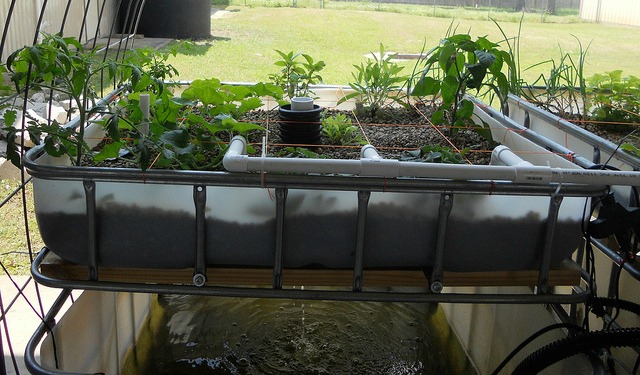
Obviously, food and water are essential for human survival. As you build a stockpile, it’s tempting to “buy in bulk” or take an unbalanced approach.
It’s important to remember that most survival food requires water to prepare. It would be preferable to have a 72-hour supply of food, water, and household essentials than to simply have a 2-week supply of food and zero water.
A living survival garden, such as an aquaponic garden, can supply all of the nutrition needs for an entire family in a very small space.
4. Safety/Self-Defense
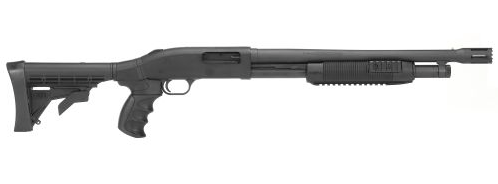
The need for adequate home and self-defense only grows with each day, as situations become increasingly desperate. Any signs that you have food, water, or virtually any other crisis preparations in place may draw unwanted attention.
Anything you can do to make you home less enticing, or more threatening, then lower your chances are of having to confront any would-be intruders.
5. Backup Power
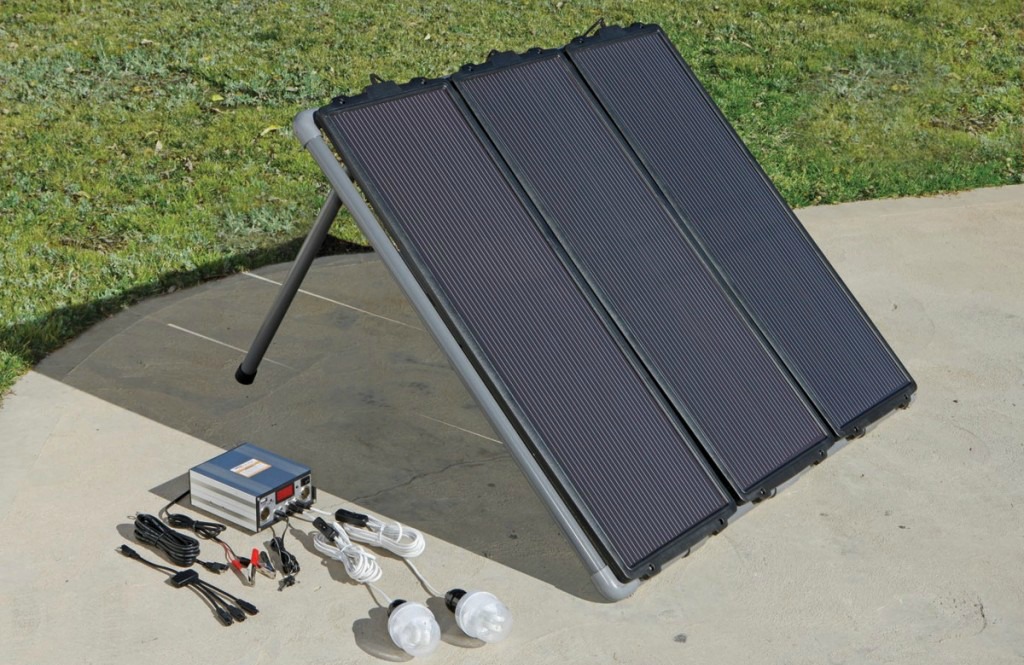
Today’s world depends on electricity for communication, safety, and convenience. As a recent battery commercial puts it, electrical power is “modern day fire.” Solar panels and gas/diesel powered generators are very nice to have in a crisis situation.
Batteries to power you flashlights, communication devices, and other equipment are essential. However, that’s only the first step to being truly prepared for a “grid down” emergency.

